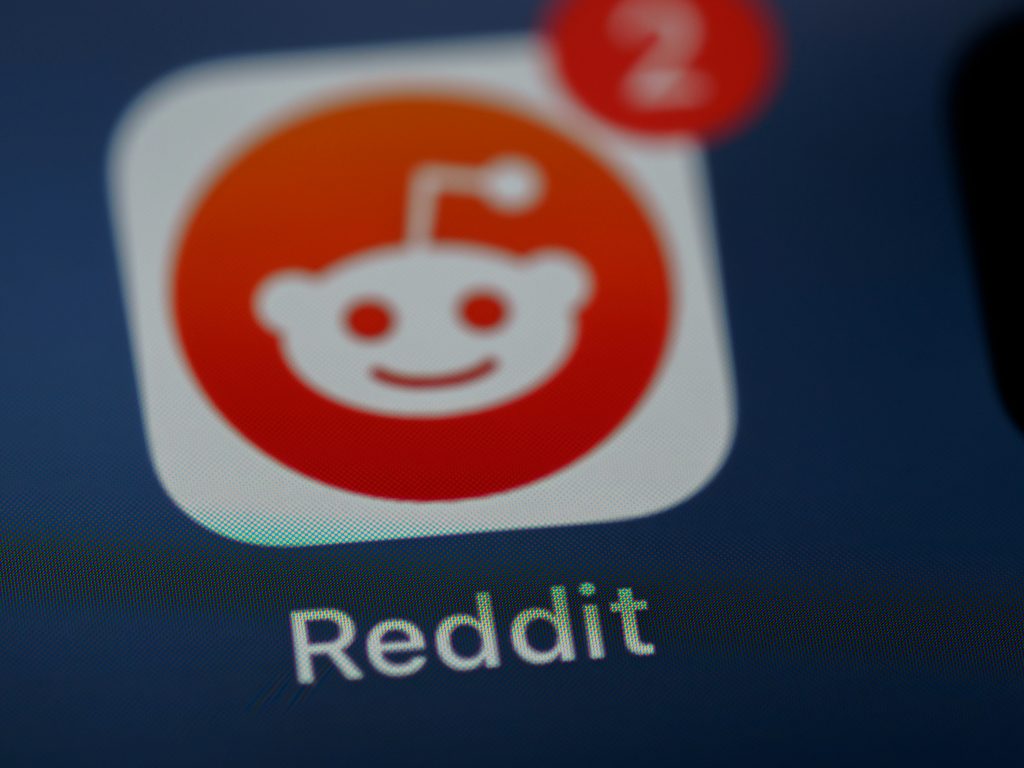Seventy years is a lifetime. For many, they will have had several jobs and retired. But for Her Majesty Queen Elizabeth II, the upcoming Platinum Jubilee marks seven decades in just the single job.
Over that period the world has seen unprecedented change. From the postwar 1950s, through to the space age and counter-cultural revolutions of the ‘60s and ‘70s and now looking forward towards the fourth industrial revolution in the 21st century. But there has been one constant — the continued growth and adoption of technology.
The birth of mass media
Queen Elizabeth the II’s 1953 coronation was a major first for the UK monarchy. “In what way?” I hear you ask. It was broadcast on television.
Ironically, as the birthplace of television, the UK was slower than others in seeing mainstream adoption. But by the time of her coronation, it was outstripping radio as a primary form of mass media. For an institution steeped in tradition, this was a major step forward in modernisation.
On that day, 2.7 million people tuned in to watch the new monarch take the throne. Today, ten times that number — 27 million — own TV sets in the UK, with millions of these expected to watching TV on modern, flatscreen, 4K or 8K TVs over a digital broadcasting system or online.
The quality of TVs is now unrecognisable from 1953. We will soon see 16K television, promising a new level of immersion. The advent of virtual, augmented and mixed reality technology will take this even further.
Healthcare innovation
Two major things have shaped healthcare in the UK during this time: the advent of the NHS, and the development of technology in both the medicines we take and in the human body itself.
In 1953, medical procedures and surgeries were still relatively crude by today’s standards and life expectancy was far poorer. But this decade saw technology begin to shape healthcare as we know it today, especially with the development of the pacemaker in 1958.
There are far too many innovations to cover here. From the treatment of cancer, meaning that for many, the disease is now no longer a death sentence, to how we are able to improve disabled people’s lives through technology. We’ve eliminated several devastating diseases from the planet. Today, we can even give people missing an arm their limb back — meaning that they can now hold the hand of a loved one; something impossible to imagine seventy years ago.
Domestic bliss
Imagine your home. Now take away the microwave (launched in 1958 in the UK). Remove the fridge and freezer (the fridge became affordable for most households in the 1950s) from this picture. Is there a washing machine (65% of UK households had one by 1970)? Maybe a tumble dryer (enjoyed a boom in supply following WWII)? Get it out of there, along with any food processors (Robot-Coupe came up with the first domestic version in 1971), vacuum cleaners (came into commercial usage in 1963) and even your snoozable, alarm clock (1956 saw the release of the Telechron clock with snooze alarm function).
All these appliances are central to the way we live now, but during the 1950s they simply weren’t there for most households, unless you had the money to afford them when they were first launched to market, for example, the cost of a washer dryer in 1953 would set you back by the equivalent of £4,316, and some change, given today’s rate of inflation. Technology has allowed for our domestic lives to be simpler, giving every strata of society the ability to free up more time from chores and put it into leisure or work.
From big tech to Big Tech
Seven decades ago, the definition of “smart” technology is very different to today.
Computers were literally the size of rooms, and capable of doing limited calculations, such as the Universal Automatic Computer (UNIVAC 1), which was able to perform 1,000 calculations a second and predicted President Eisenhower’s 1952 election. For comparison, the device in your hand is capable of processing 3.36 billion instructions per second. Moreover, it’s not the size of a room — instead it fits comfortably in your pocket, and is used by 84% of the world’s population.
Information and services have been truly democratised; spurred by the growth and adoption of the internet. Seventy years ago, only those who could afford the complete Encyclopaedia Britannica were able to access a world of knowledge at their fingertips — provided they had the shelf space for all the volumes — yet today, we simply type a query into Google and are given millions of results.
Unlike previous generations we can now open an app to get the best restaurants on demand, or go anywhere we want. We no longer watch scheduled TV as a family, we stream what we want, when we want it. We talk to friends across the world in an instant and all for free via instant messaging. We construct and curate our online selves via social media for a global audience. We don’t even bank in the same way anymore, as the humble bank manager has been replaced by an app, allowing us to manage finances, invest, and even take out a mortgage through our phones. As we progress through the 21st century, we are even seeing a mirror-universe of financial services being created through cryptocurrencies.
The driving force behind these innovations — the Big Tech players — have transformed almost every aspect of our lives, to the point where they would be completely alien and more like something out of a science fiction fantasy to someone in the 1950s.
Giving tech the royal touch
The Queen and the Royal family have not been immune from these changes. Indeed, they have kept up and in some cases got ahead of them to remain relevant to the country today.
Her Majesty sent her first email way before it became a central piece of our lives, back in 1976 from the Royal Signals and Radar Establishment. This used ARPANET — the precursor to the modern internet. Just as many were beginning to get their head around this internet business, the royals were out ahead, launching www.royal.gov.uk as the monarch’s official website in 1997.
While the queen’s first Christmas address was broadcast on linear TV in 1957, even this institution has evolved with the times, being made available as an iTunes podcast in 2006. For her last jubilee celebration in 2012, marking her 50th anniversary, the Queen broadcasted the occasion using 3D technology.
Her Majesty is even in tune with the rise of social media, sending her first tweet in 2014 and sharing an Instagram post five years later, fittingly of a letter written in 1843 to her great, great grandfather Prince Albert from the world’s first renowned computer engineer, Charles Babbage.
Then, now, and the future
Her Majesty’s use of technology has very closely echoed that of our own; showing the truly transformative impact it has had on our lives. Seventy years is a long time by anyone’s standards — the next seven decades surely won’t see the pace of ingenuity slow down.
So as Queen Elizabeth II approaches her Platinum Jubilee, we say: Long live the queen — and long live innovation.





